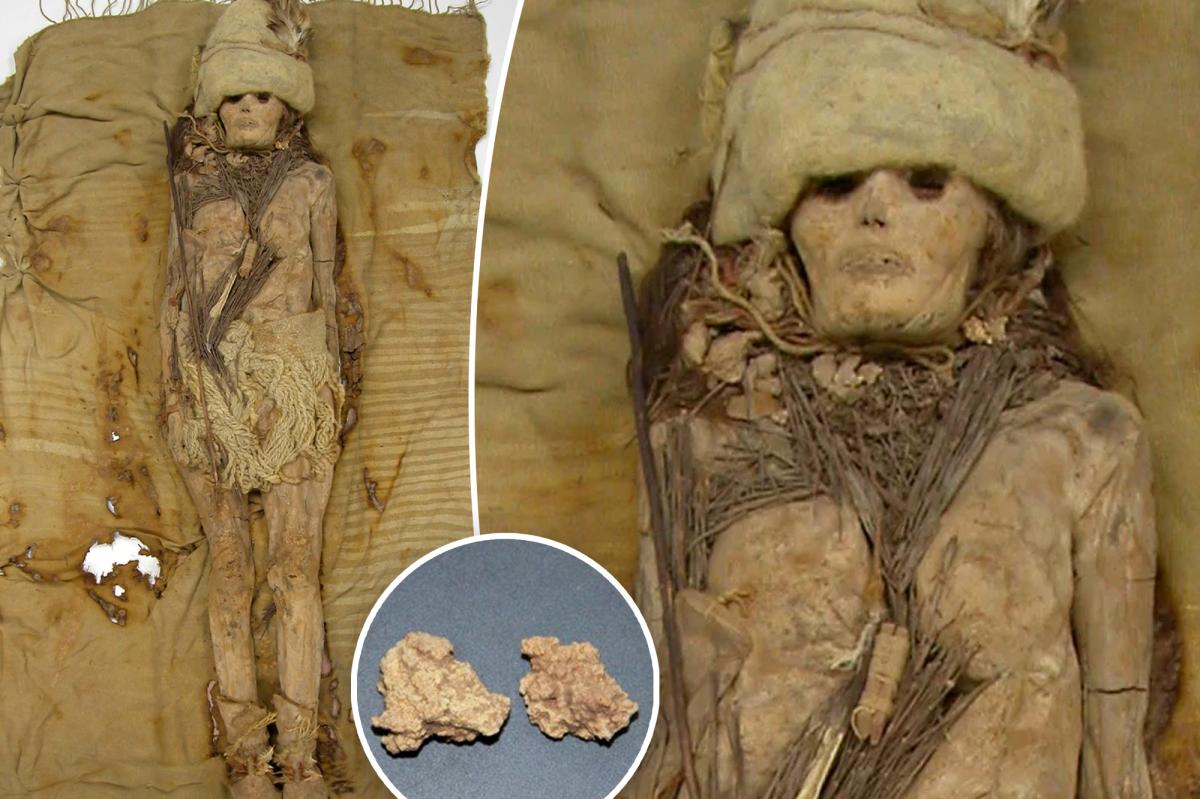It’s aged — 3,600 years. Scientists have successfully pulled a DNA strand from what they believe to be the world’s oldest cheese, yanking it from Bronze Age mummies in a Chinese graveyard, circa 2,000 B.C. The dairy delight is kefir cheese — a modern-day cream cheese health substitute — and was found strangely smeared or “scattered” around the heads and necks of preserved corpses, dating between 3,300 to 3,600 years ago, in northwest China’s Tarim Basin, according to research published in the journal Cell. Specifically, it had coated the necks and heads of several members of the deceased inside a cemetery of the Xiaohe people. Although the white-colored substance was first observed two decades ago, only recently was it confirmed to be pasta’s favorite topping. “Food items like cheese are extremely difficult to preserve over thousands of years, making this a rare and valuable opportunity,” said researcher Qiaomei Fu. “Studying the ancient cheese in great detail can help us better understand our ancestors’ diet and culture.” Mitochondrial extract — found to contain both cow and goat DNA — was taken out of three different tombs upon learning of the culinary preferences of the Xiaohe. Unlike customs in Greece and the Middle East, different kinds of animal milk were separated into batches of cheese. The presence of fungal bacteria consistent with modern-day kefir grains was also found, which allowed the team to trace its lineage. One in particular, the current cheese-making Lactobacillus bacteria, appears to have stemmed from both China and Russia. Previous beliefs had the strain exclusive to Russia’s Caucasus Mountains. The study also reveals that the bacteria may have led to the stabilization of genetics and enhanced milk fermentation over time. “This is an unprecedented study, allowing us to observe how a bacterium evolved over the past 3,000 years. Moreover, by examining dairy products, we’ve gained a clearer picture of ancient human life and their interactions with the world,” Fu said. “This is just the beginning, and with this technology, we hope to explore other previously unknown artifacts.”
Subscribe
Login
0 Comments





